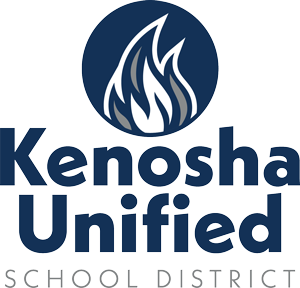Evaluation Process
The Individual Education Plan (IEP) is the legal document that dictates program and services for students in special education. Anyone who works with the student must know what is in the student’s IEP. The IEP is developed by a team of individuals including the parent, the special educator, the general educator, a representative for the district (LEA) and all other individuals who deliver services to that student. After age 14 the student must be involved in the IEP team meeting assisting in developing his/her own educational plan.
Writing and implementing the IEP is the key component of the special education teacher’s responsibility as a student’s case manager. There are many legal requirements that must be followed when crafting an IEP. These requirements apply to the timelines for completion, the personnel involved and the elements included in the IEP. The document is meant to be a guide to critical elements of completing an appropriate and compliant IEP.
Each IEP has three major components. The first is the portion of the document that describes the student’s current Present Level of Performance (PLEP). The PLEP should be the first focus of an IEP team meeting and be agreed upon before moving on to the goals and services. Measurable goals are the second key component of an IEP. All goals must relate back to the Present Level of Performance and must be measurable. On the goal page it is necessary to state how progress on goals will be relayed to a student’s parents. Finally, an IEP is a statement of services. The services are based on the Present Level of Performance and the Student’s goals. They include statements of specific special education and related services, supplementary aides and services for the general education classroom, appropriate accommodations for state and district assessments and a statement of the amount of time the student will spend in special education. After a student turns 14, this section will also include a statement of transition needs and services. The service section of the IEP ends with the projected date of implementation and the duration of the special education services.
An appropriate and compliant IEP can help anyone working with a student understand that student’s needs and the subsequent services. In addition, it assists parents and guardians in knowing what to expect from their student’s school and teachers. Kenosha Unified is committed to developing excellent IEP’s that function as a guide to excellent student programming.
